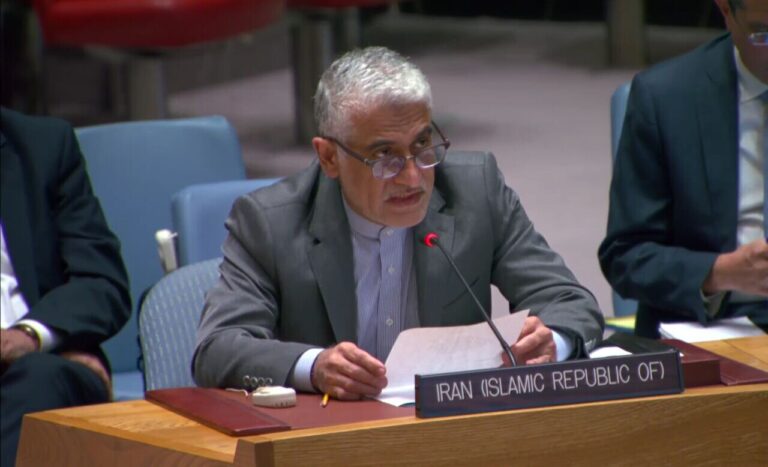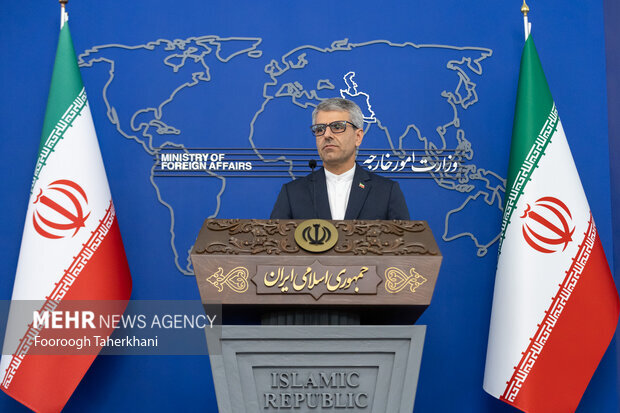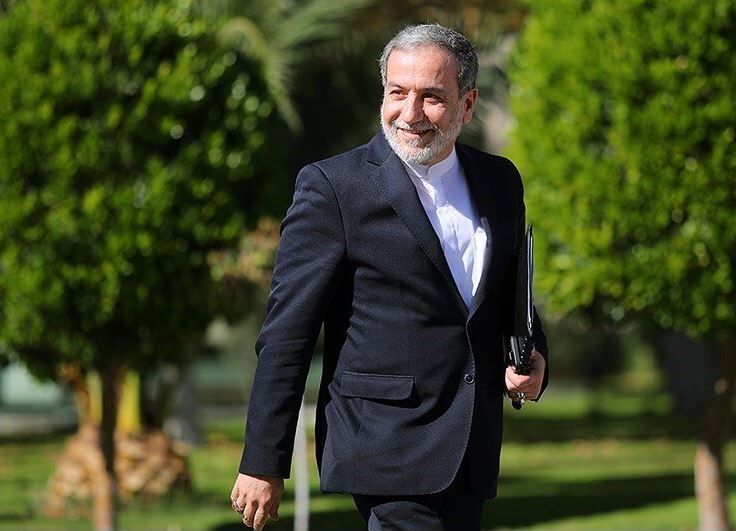Bridging the Divide: Addressing Iran’s Growing Educational Gap in a Divided Nation
Recent government statistics highlight a significant crisis in Iran’s education system, with a severe shortage of at least 50,000 classrooms in public schools. Alarmingly, around 75 percent of these institutions lack basic educational facilities and standards, which raises concerns about the quality of education available to Iranian children.
In stark contrast, private schools in Tehran are reportedly charging tuition fees that may exceed 500 million tomans for the upcoming academic year. These institutions, which make up only 16 percent of the educational landscape in Iran, primarily serve the wealthy elite.
Here are some key differences between public and private schools in Iran:
- Private schools charge exorbitant fees that are unaffordable for over 85 percent of Iranian households.
- They offer superior educational resources, luxury amenities, and recreational trips to Europe.
- Public schools, on the other hand, are often inadequately funded and lack essential supplies.
The neglect of public education by senior officials in the Islamic Republic has led to a situation where families are compelled to shoulder the costs of basic supplies, such as chalk, blackboards, and exam papers. This burden disproportionately affects lower-income households and exacerbates the educational divide.
The impact of this disparity is alarming. A study of the top 30 candidates in Iran’s 2014 national university entrance exam revealed that only two of them had attended public schools. This statistic indicates that an astonishing 93 percent of the highest-performing students came from private institutions, underscoring the direct correlation between economic privilege and educational opportunity.
In comparison, many developed nations, including the UK and various European countries, have private schools constituting only about 5 percent of their educational systems. This is primarily due to the minimal difference in quality between public and private schools in those regions. In fact, some public schools in these countries even outperform private ones in terms of teacher training and academic results.
In Iran, however, the pursuit of private education is largely driven by the failure of public schools to meet even the most basic educational standards. The extent of this crisis is further illustrated by data from Iran’s Ministry of Education:
- Approximately 3,000 public schools currently operate without trained teachers.
- Over 65 percent of schools that serve nomadic communities lack fundamental infrastructure, such as heating systems and benches.
- An estimated 75 percent of public schools do not have standard computers.
- Last year, 7 percent of ninth-grade students dropped out before transitioning to tenth grade.
In September 2024 alone, at least one million children were recorded as missing from primary or literacy education. Many more were excluded from official counts due to the absence of birth certificates, highlighting a troubling trend in educational access.
As public education falters, the private sector flourishes, albeit at an exorbitant cost. Reports from the Haft-e Sobh newspaper indicate that tuition fees at many non-profit and private schools have surged by 80 to 100 percent this year. School administrators attribute these increases to rising rental and operational expenses.
While the Ministry of Education sets official limits on tuition fees, many private schools manage to bypass these regulations through various “special programs” and paperwork, allowing them to charge families far more than permitted.
The disparities in educational experiences are stark. Students at Tehran’s most prestigious private schools enjoy amenities such as:
- Laptops and high-speed internet access for every student.
- Swimming pools and sports clubs.
- Multilingual education, including English and French.
- Week-long excursions to European destinations.
Additionally, female students and teachers at these schools are often exempt from wearing the mandatory hijab, and campus cafeterias offer menus that resemble those of fine dining establishments.
This widening gap between two distinct educational realities—one characterized by privilege and opportunity, and the other by deprivation and decline—highlights a profound structural crisis within Iran’s educational system. It transcends mere policy concerns; it is a moral failure that undermines the principle of educational justice.
Unless systemic reforms are introduced to address and bridge this divide, Iran risks not only the collapse of its public education system but also the potential loss of an entire generation to the repercussions of state inaction and social stratification.






